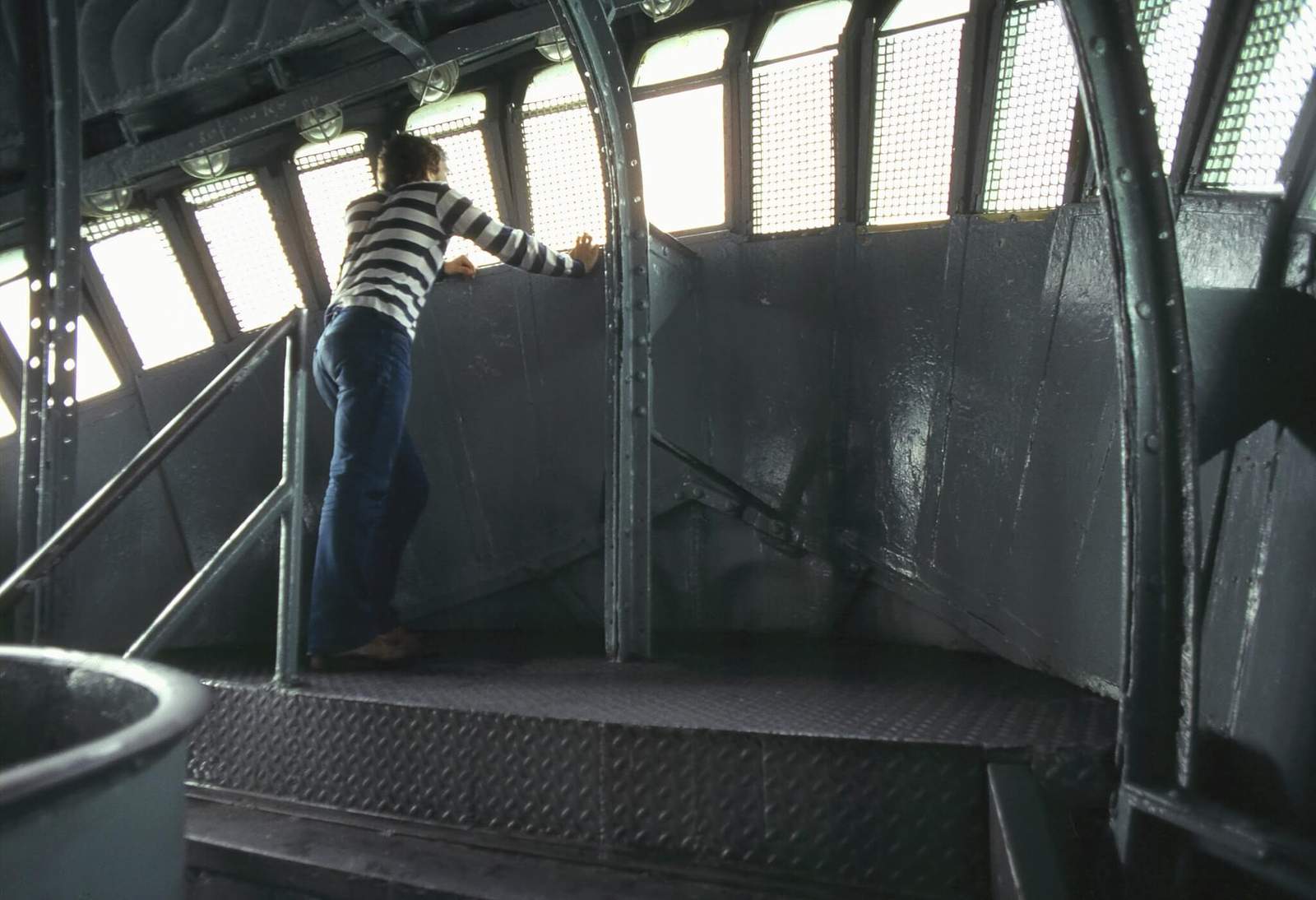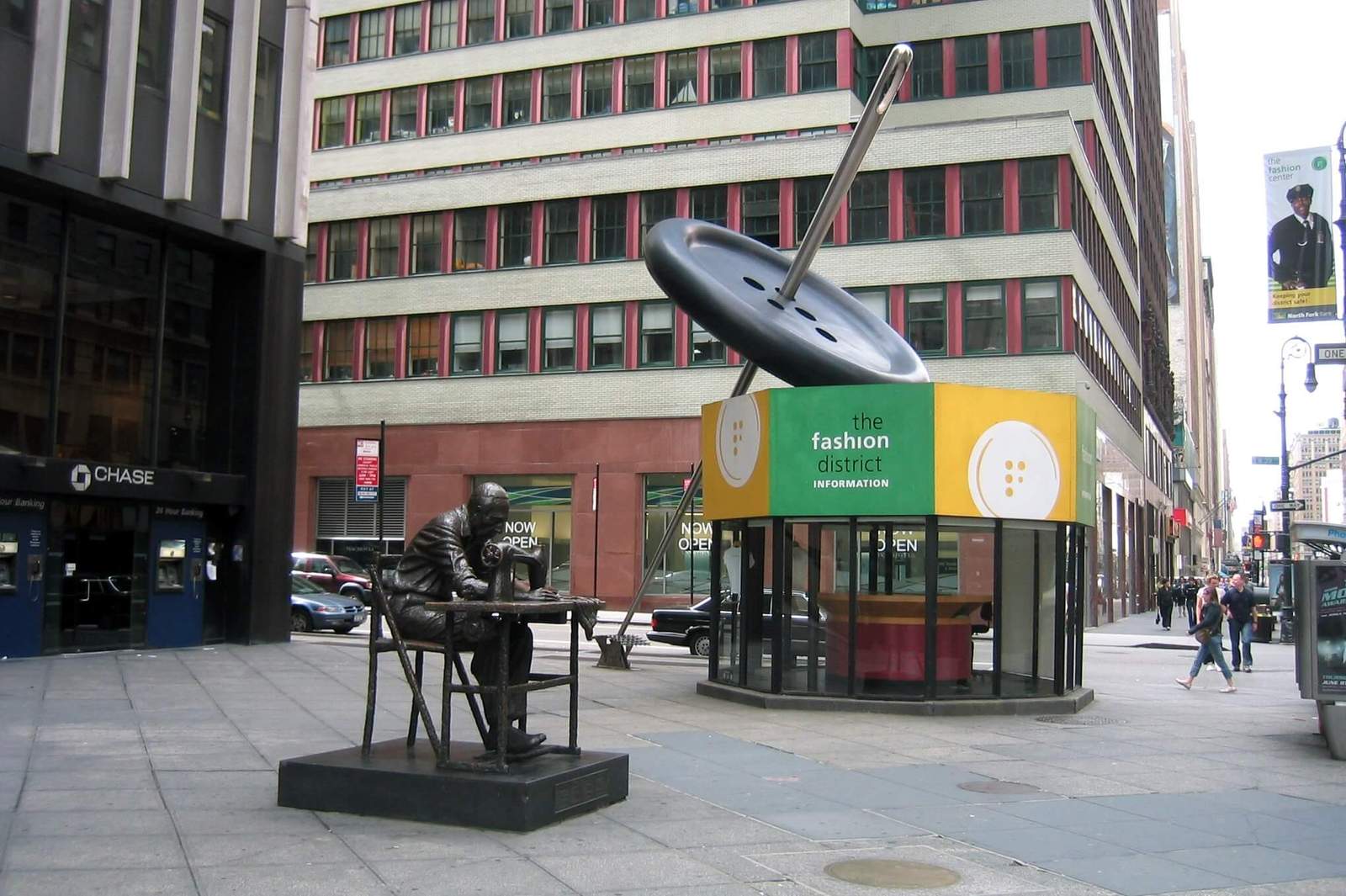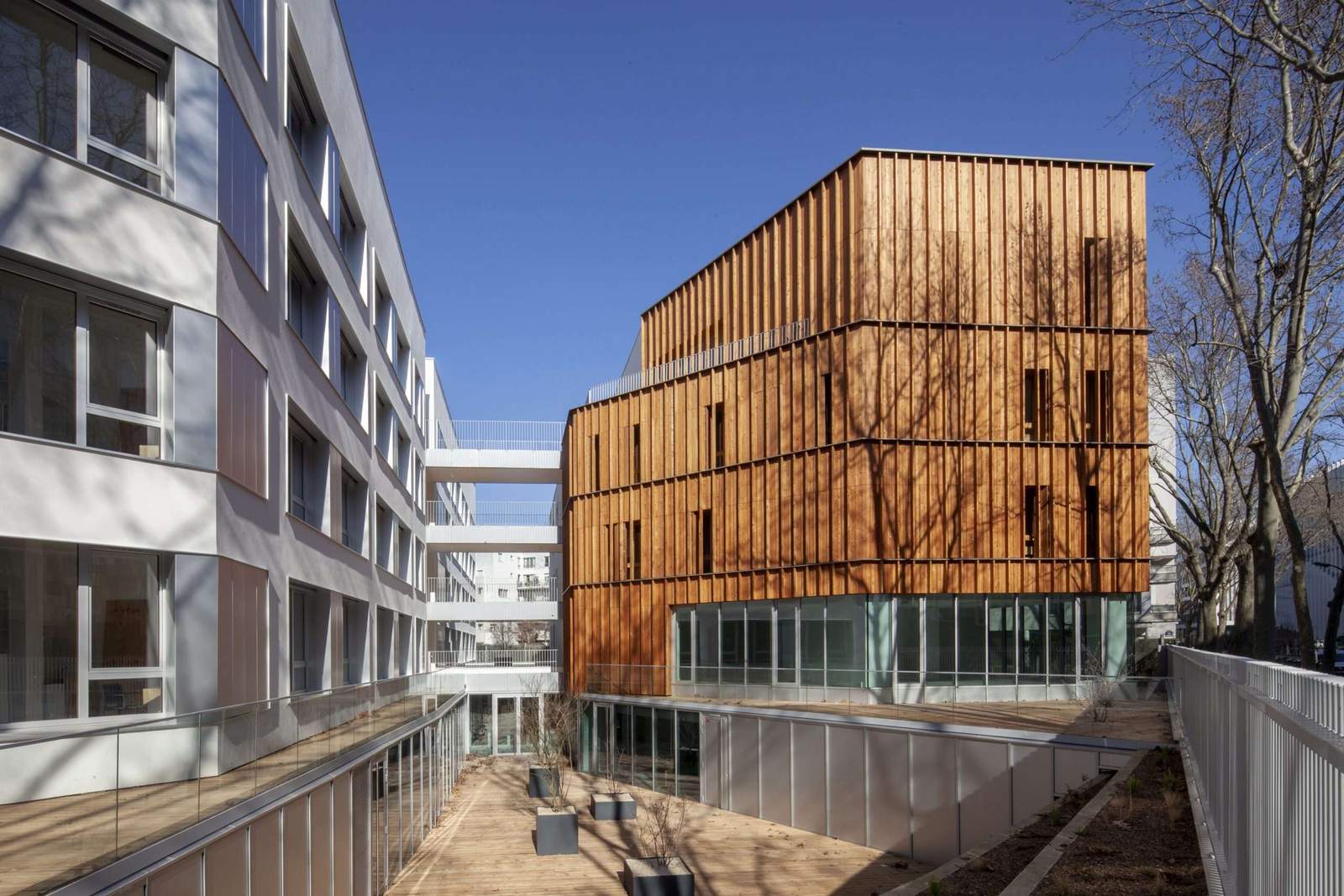Hello and welcome back to another news briefing. AN’s eagle-eyed editors have rounded up some stories from around the world. Here’s what you need to know today:
Statue of Liberty crown reopens for public viewing
For the first time since March 2020 tourists are welcome to enter the crown at the top of the Statue of Liberty in New York Harbor. The iconic headpiece, which contains a small, window-lined observation area at the top of colossal copper sculpture, shuttered its doors on March 16, 2020 at the start of the COVID-19 pandemic when the National Park Service called for a closure of many of its sites, including Liberty Island and neighboring Ellis Island. Since March 2020 portions of the statue have reopened; in July 2021 the pedestal deck reopened, albeit with capacity limits. According to CNN, state and federal restrictions and “a record-low hiring pool” were to blame for the delayed reopening.
The State of Liberty and its grounds have been periodically shuttered over the years for repairs, renovations, and severe weather events such as Hurricane Sandy. Access to the statue was also restricted in the aftermath of 9/11. Likewise, the torch-bearing arm of the statue, which contains a lookout deck, has been closed to the public since 1916 when German saboteurs detonated American munitions and TNT in the surrounding harbor. Shrapnel from the explosion damaged the torch, which has remained closed ever since.
Visits to the crown cost $24.30 for general admission and require ascending and descending 162 steps along a narrow, double-helix spiral staircase after the 215-step journey (or elevator ride) to reach the pedestal-level observation deck.

Michelangelo’s David treated to lighting revamp
Tribune del David gallery at Florence’s Galleria dell’Accademia is best known for Michelangelo’s David, which has been on display at the museum since 1873. The Renaissance masterpiece has just come out of a two-year renovation that involved cleaning the skylight above the roughly 520-year-old marble sculpture to improve visibility in the space and installing a state-of-the-art LED lighting system designed by Enel, an Italian gas and electricity corporation. The completion of the renovation coincides with the 140th anniversary of the Tribune del David gallery.
The lighting update will also benefit some of the lesser-knownMichelangelo sculptures displayed in the museum, such as the unfinished Prigioni or prisoner statues. Previously, these sculptures were only dimly lit. Galleria dell’Accademia’s director Cecilie Hollberg described to The Art Newspaper the impact the lighting refresh has had on the space: “You had the sensation that the Prigioni were a kind of yellow-beige, and the David was white. But now everybody is white.” The museum also recently reopened its Gipsoteca Bartolini gallery, which contains over 400 neoclassical 19th-century plaster casts made by the Tuscan sculptor Lorenzo Bartolini and his pupil Luigi Pampaloni.
H/t to The Art Newspaper

Button & Needle kiosk in Manhattan’s Garment District to be reimagined
The button- and needle-shaped sculpture and adjacent information kiosk on Seventh Avenue and 39th Street, which marks the entrance to Manhattan’s Garment District, will be reimagined by Local Projects and UAP Company. The booth was built in the 1970s and served as an information point for the fashion industry while the button and needle installation, an obvious nod to the Garment District designed by James Biber of Pentagram, was added to the site in 1996. The kiosk has sat vacant for years and will be demolished to make way for a new button and needle sculpture. The new installation will be completed in December and consists of a 15-foot-diameter aluminum button along with a 32-foot-long stainless steel needle. When finished it will be the Garment District’s first ever permanent art installation and will improve mobility on the sidewalk, which was previously obstructed by the kiosk.
H/t to 6sqft
Renovations underway at zoo-themed McDonald’s in Dallas will strip the restaurant of its animal motifs
A safari-themed McDonald’s located across from the Dallas Zoo has announced it is undergoing a exterior and interior redesign that does away with the kitschy exotic animal statuary and zoo motifs that have rendered the hamburger joint something of a local landmark. The location, which has no affiliation with the zoo across the way, will be revamped with digital self-service kiosks and furnishings that align with the corporation’s austere modern rebrand. The Chicago-headquartered fast-food behemoth largely abandoned its recognizable red mansard roof, plastic furniture, children’s playplaces, and bright colors back in 2006 in favor of a sleeker, modern look complete with wood countertops, boxy exteriors, and a more muted and neutral color palette.
Craig York, owner of the McDonalds, told the Dallas Morning News: “While we were saddened to see the animals of the zoo location leave the building, the new restaurant upgrade allows us to better serve our customers, including self-ordering kiosks that allows you to browse the menu at your own pace, inside table service and upgrades to our drive-thru and curbside pick-up.”
H/t to The Dallas Morning News
New York Transit Museum hosts online exhibition on crisis response to coincide with 10th anniversary of Superstorm Sandy
To recognize the 10th anniversary of Superstorm Sandy, the New York Transit Museum has announced an online exhibition titled Bringing Back the City: Mass Transit Responds to Crisis. Compiling images, data, and personal accounts, the exhibition examines the critical preparation and response undertaken by New York City transit employees for major crisis events like Superstorm Sandy, which crippled New York City and the surrounding Tri-State area. The exhibition will be accompanied by a digital discussion on October 22 hosted by Marie Fazio, education coordinator for the Brooklyn-based museum.
The exhibition is organized into four sections: Response, Rescue, Readiness, and Resilience. Each sheds light on the unseen efforts of transit employees who tirelessly keep the city moving through different crises, including 9/11, the November 2003 blackout, the blizzard of 2010, and, of course, Superstorm Sandy.
“We started thinking about this exhibition when we reopened the museum two days after Superstorm Sandy and began to hear stories of what our colleagues were up against to restore service and recover from damage,” Gabrielle Shubert, director of the New York Transit Museum, explained in a press release. “We heard about MTA staff spending five straight days on the job, the extent of the damage and what it would take to repair it. And then, remembering the other crises we’ve faced, it seemed like a story that needed to be told. Most New Yorkers don’t realize that transit personnel are also on the front lines when disaster hits the city.”



